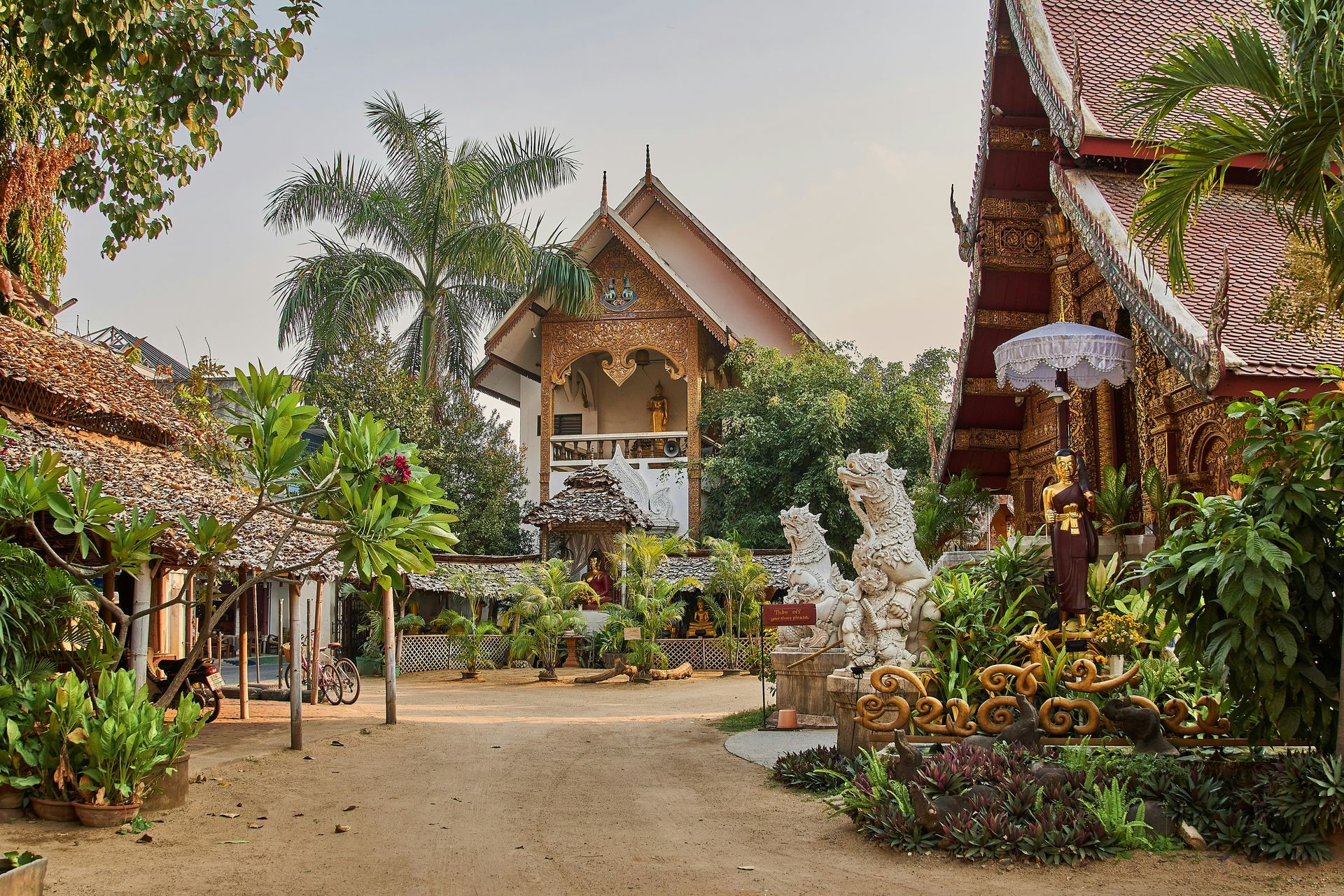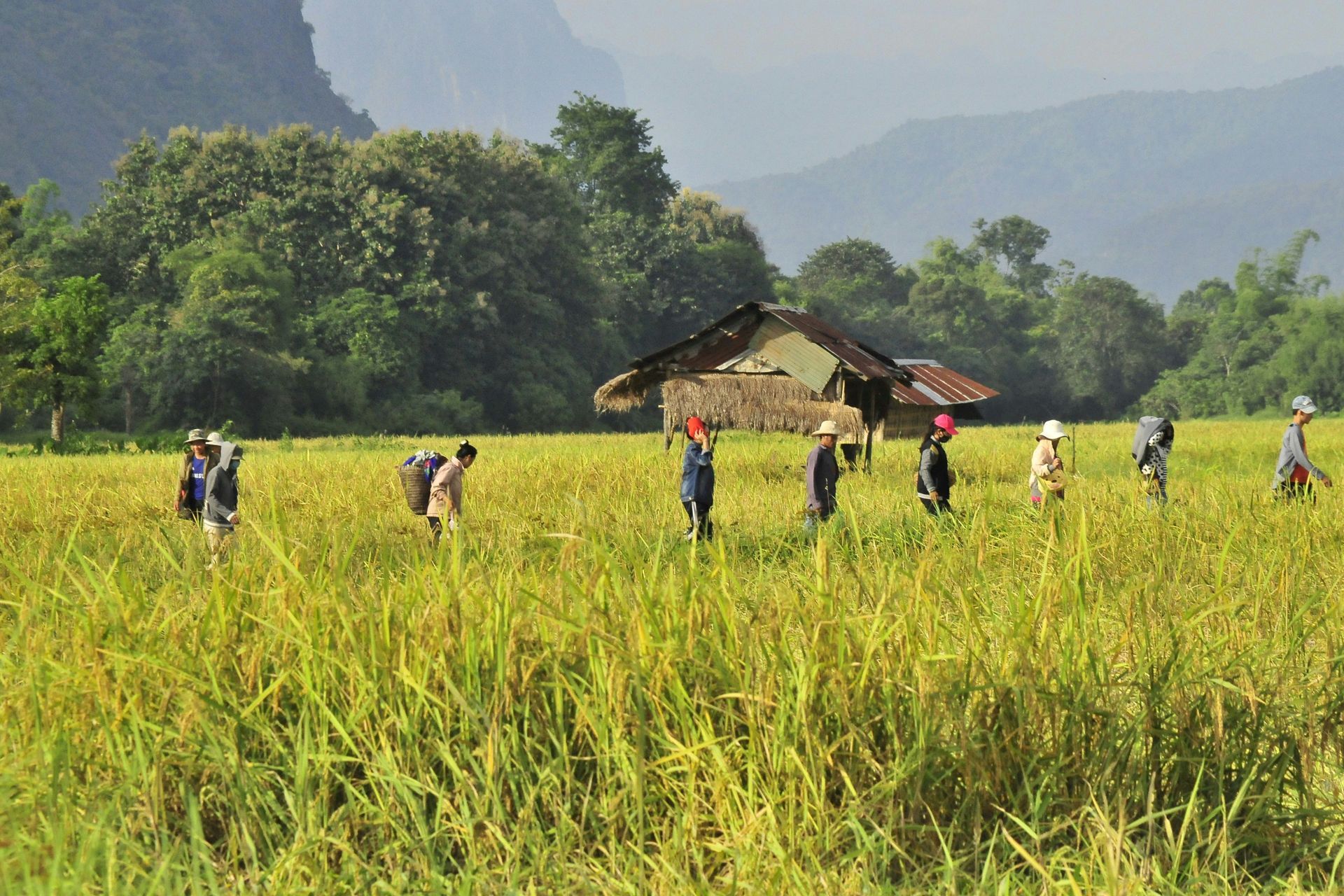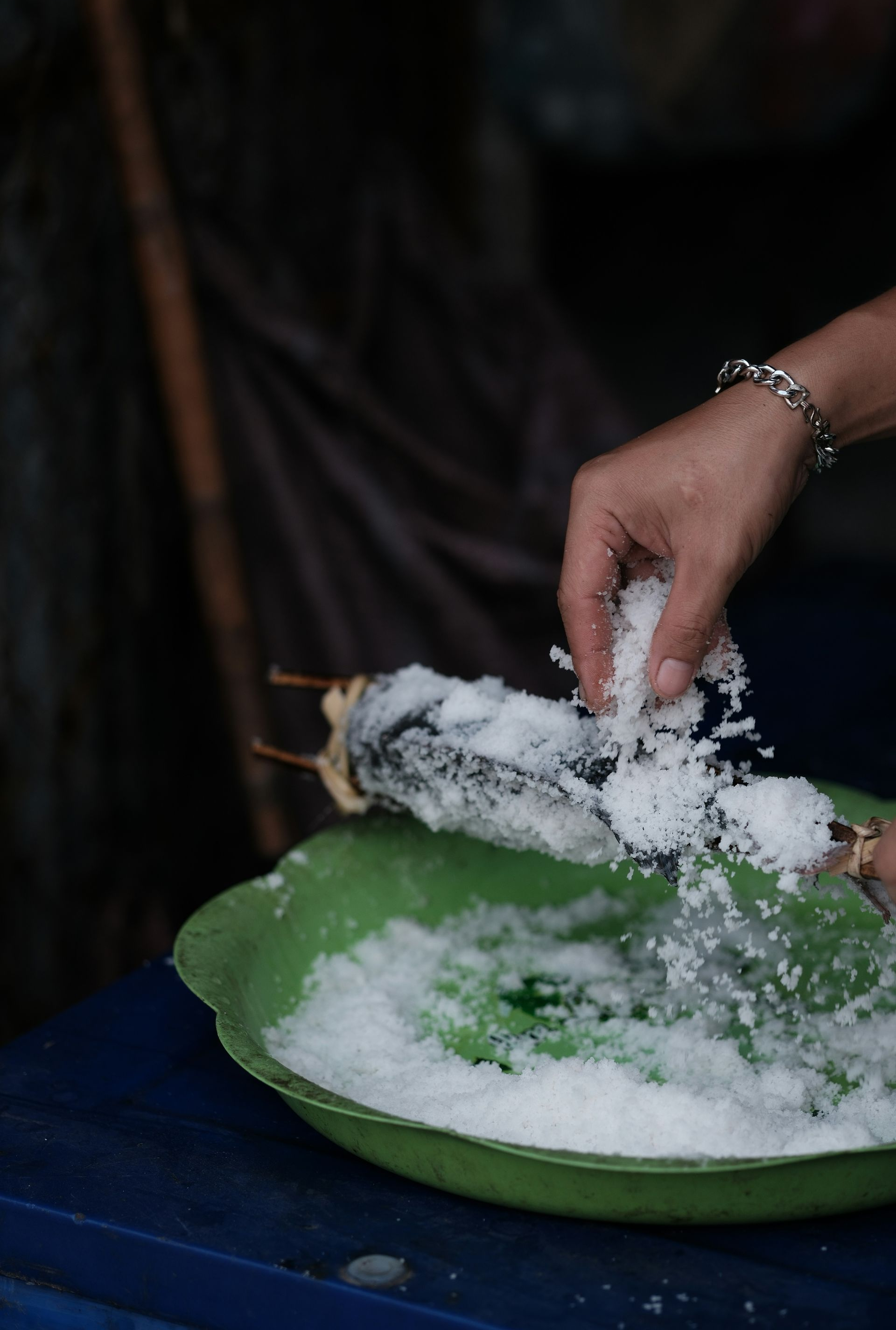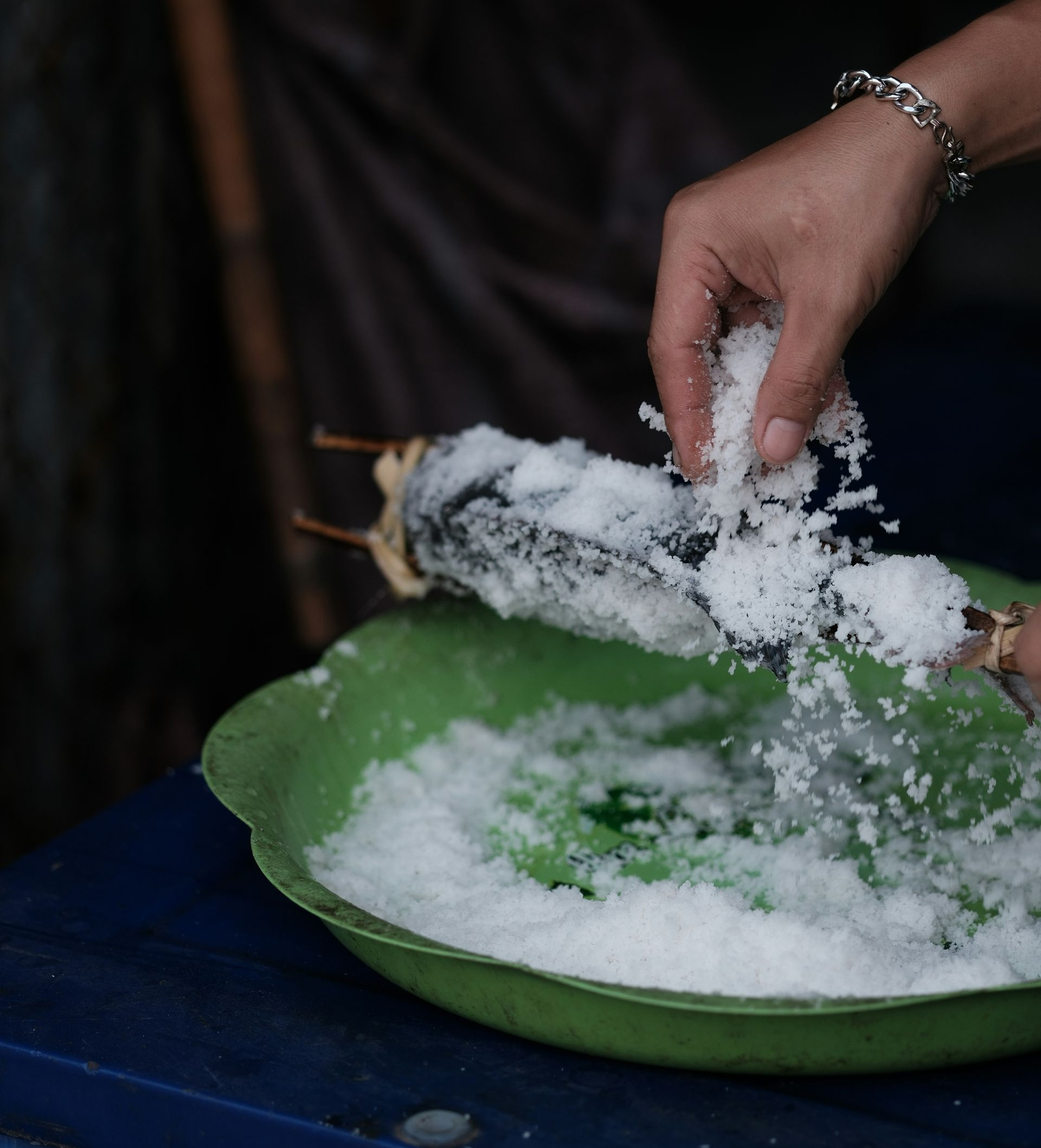Laos
Nestled in the heart of Southeast Asia, Laos is a land of tranquil beauty and timeless traditions. With its mist-covered mountains, serene rivers, and golden temples, the country offers a journey into a slower, more peaceful way of life. From the UNESCO-listed town of Luang Prabang, where saffron-robed monks collect morning alms, to the mighty Mekong River winding through lush countryside, Laos captivates with its harmony of nature and culture. Rich in history, spirituality, and warm hospitality, it invites travelers to discover its hidden charms at an unhurried pace.
Why Laos?
Laos is a destination for travelers seeking authenticity, tranquility, and cultural depth. Unlike its more bustling neighbors, it offers a peaceful atmosphere where ancient traditions remain part of daily life. Golden temples, French colonial charm, and vibrant markets blend seamlessly with natural wonders like the Kuang Si Falls, the Plain of Jars, and the 4,000 Islands of the Mekong. Whether exploring historic towns, embarking on river journeys, or experiencing the warmth of Lao hospitality, visitors will find a country that feels both timeless and welcoming—a true retreat into serenity.
Land of a Million Elephants.
Laos is proudly known as the “Land of a Million Elephants,” a name that traces back to the powerful Lan Xang Kingdom, which flourished from the 14th to the 18th century. Elephants, revered as symbols of strength, prosperity, and good fortune, once roamed the land in great numbers and played a vital role in Lao culture and daily life. While their populations have diminished, elephants remain a national icon, celebrated in festivals, folklore, and conservation efforts. The title reflects both the country’s majestic past and its enduring bond with these gentle giants.
Why Laos?
Laos is a destination for travelers seeking authenticity, tranquility, and cultural depth. Unlike its more bustling neighbors, it offers a peaceful atmosphere where ancient traditions remain part of daily life. Golden temples, French colonial charm, and vibrant markets blend seamlessly with natural wonders like the Kuang Si Falls, the Plain of Jars, and the 4,000 Islands of the Mekong. Whether exploring historic towns, embarking on river journeys, or experiencing the warmth of Lao hospitality, visitors will find a country that feels both timeless and welcoming—a true retreat into serenity.
Land of a Million Elephants.
Laos is proudly known as the “Land of a Million Elephants,” a name that traces back to the powerful Lan Xang Kingdom, which flourished from the 14th to the 18th century. Elephants, revered as symbols of strength, prosperity, and good fortune, once roamed the land in great numbers and played a vital role in Lao culture and daily life. While their populations have diminished, elephants remain a national icon, celebrated in festivals, folklore, and conservation efforts. The title reflects both the country’s majestic past and its enduring bond with these gentle giants.
Featured Itineraries
Kingdoms of Southeast Asia
Collette Tour
The Lao Culture
Laos is a country where tradition and spirituality shape the rhythm of everyday life. Deeply influenced by Theravada Buddhism, the culture is reflected in golden temples, morning alms-giving ceremonies, and the importance of mindfulness and community. Family and village ties remain at the heart of society, with festivals, music, and crafts bringing people together in joyful celebration. From intricate silk weaving to traditional dances and the gentle hospitality of its people, Lao culture is both rich and welcoming, offering travelers an authentic glimpse into a way of life that values harmony, respect, and simplicity.
Languages & Storytelling
The Lao language, a member of the Tai-Kadai family, is the country’s official tongue and the heart of national identity. While Lao unites the nation, regional dialects and minority languages also thrive, reflecting the country’s cultural diversity. Storytelling has long been a cherished tradition, with folktales, myths, and Jataka tales (stories of the Buddha’s past lives) passed down through generations. These narratives, often shared through song, dance, or puppet theater, teach moral lessons and preserve community values. Together, language and storytelling keep Laos’s cultural heritage alive, connecting past wisdom with present life.
Festivals & Traditions
Laos is a country where festivals are both spiritual and communal, bringing people together in vibrant celebration. The most famous is Pi Mai Lao, the Lao New Year in April, when streets come alive with water splashing, temple ceremonies, and family gatherings to welcome renewal and good fortune. The That Luang Festival in Vientiane honors the nation’s most sacred stupa, drawing pilgrims and devotees from across the country. From boat races along the Mekong to village harvest festivals, these traditions reflect the deep connection between spirituality, community, and the natural cycles of Lao life.
Religion & Spirituality
Theravada Buddhism is at the heart of Lao identity, guiding daily life, values, and traditions. Golden temples and serene Buddha statues grace towns and villages, while saffron-robed monks walk at dawn to receive alms from the faithful. Festivals, rituals, and family events are often tied to Buddhist teachings, emphasizing compassion, mindfulness, and harmony. Alongside Buddhism, ancient animist beliefs also endure, with offerings to spirits and guardian deities still practiced in rural communities. This blending of faiths creates a spiritual landscape that is both deeply rooted and uniquely Lao.
The Lao Culture
Laos is a country where tradition and spirituality shape the rhythm of everyday life. Deeply influenced by Theravada Buddhism, the culture is reflected in golden temples, morning alms-giving ceremonies, and the importance of mindfulness and community. Family and village ties remain at the heart of society, with festivals, music, and crafts bringing people together in joyful celebration. From intricate silk weaving to traditional dances and the gentle hospitality of its people, Lao culture is both rich and welcoming, offering travelers an authentic glimpse into a way of life that values harmony, respect, and simplicity.
Languages & Storytelling
The Lao language, a member of the Tai-Kadai family, is the country’s official tongue and the heart of national identity. While Lao unites the nation, regional dialects and minority languages also thrive, reflecting the country’s cultural diversity. Storytelling has long been a cherished tradition, with folktales, myths, and Jataka tales (stories of the Buddha’s past lives) passed down through generations. These narratives, often shared through song, dance, or puppet theater, teach moral lessons and preserve community values. Together, language and storytelling keep Laos’s cultural heritage alive, connecting past wisdom with present life.
Festivals & Traditions
Laos is a country where festivals are both spiritual and communal, bringing people together in vibrant celebration. The most famous is Pi Mai Lao, the Lao New Year in April, when streets come alive with water splashing, temple ceremonies, and family gatherings to welcome renewal and good fortune. The That Luang Festival in Vientiane honors the nation’s most sacred stupa, drawing pilgrims and devotees from across the country. From boat races along the Mekong to village harvest festivals, these traditions reflect the deep connection between spirituality, community, and the natural cycles of Lao life.
Religion & Spirituality
Theravada Buddhism is at the heart of Lao identity, guiding daily life, values, and traditions. Golden temples and serene Buddha statues grace towns and villages, while saffron-robed monks walk at dawn to receive alms from the faithful. Festivals, rituals, and family events are often tied to Buddhist teachings, emphasizing compassion, mindfulness, and harmony. Alongside Buddhism, ancient animist beliefs also endure, with offerings to spirits and guardian deities still practiced in rural communities. This blending of faiths creates a spiritual landscape that is both deeply rooted and uniquely Lao.
The Lao Culture
Laos is a country where tradition and spirituality shape the rhythm of everyday life. Deeply influenced by Theravada Buddhism, the culture is reflected in golden temples, morning alms-giving ceremonies, and the importance of mindfulness and community. Family and village ties remain at the heart of society, with festivals, music, and crafts bringing people together in joyful celebration. From intricate silk weaving to traditional dances and the gentle hospitality of its people, Lao culture is both rich and welcoming, offering travelers an authentic glimpse into a way of life that values harmony, respect, and simplicity.
Languages & Storytelling
The Lao language, a member of the Tai-Kadai family, is the country’s official tongue and the heart of national identity. While Lao unites the nation, regional dialects and minority languages also thrive, reflecting the country’s cultural diversity. Storytelling has long been a cherished tradition, with folktales, myths, and Jataka tales (stories of the Buddha’s past lives) passed down through generations. These narratives, often shared through song, dance, or puppet theater, teach moral lessons and preserve community values. Together, language and storytelling keep Laos’s cultural heritage alive, connecting past wisdom with present life.
Festivals & Traditions
Laos is a country where festivals are both spiritual and communal, bringing people together in vibrant celebration. The most famous is Pi Mai Lao, the Lao New Year in April, when streets come alive with water splashing, temple ceremonies, and family gatherings to welcome renewal and good fortune. The That Luang Festival in Vientiane honors the nation’s most sacred stupa, drawing pilgrims and devotees from across the country. From boat races along the Mekong to village harvest festivals, these traditions reflect the deep connection between spirituality, community, and the natural cycles of Lao life.
Religion & Spirituality
Theravada Buddhism is at the heart of Lao identity, guiding daily life, values, and traditions. Golden temples and serene Buddha statues grace towns and villages, while saffron-robed monks walk at dawn to receive alms from the faithful. Festivals, rituals, and family events are often tied to Buddhist teachings, emphasizing compassion, mindfulness, and harmony. Alongside Buddhism, ancient animist beliefs also endure, with offerings to spirits and guardian deities still practiced in rural communities. This blending of faiths creates a spiritual landscape that is both deeply rooted and uniquely Lao.
Featured Destinations
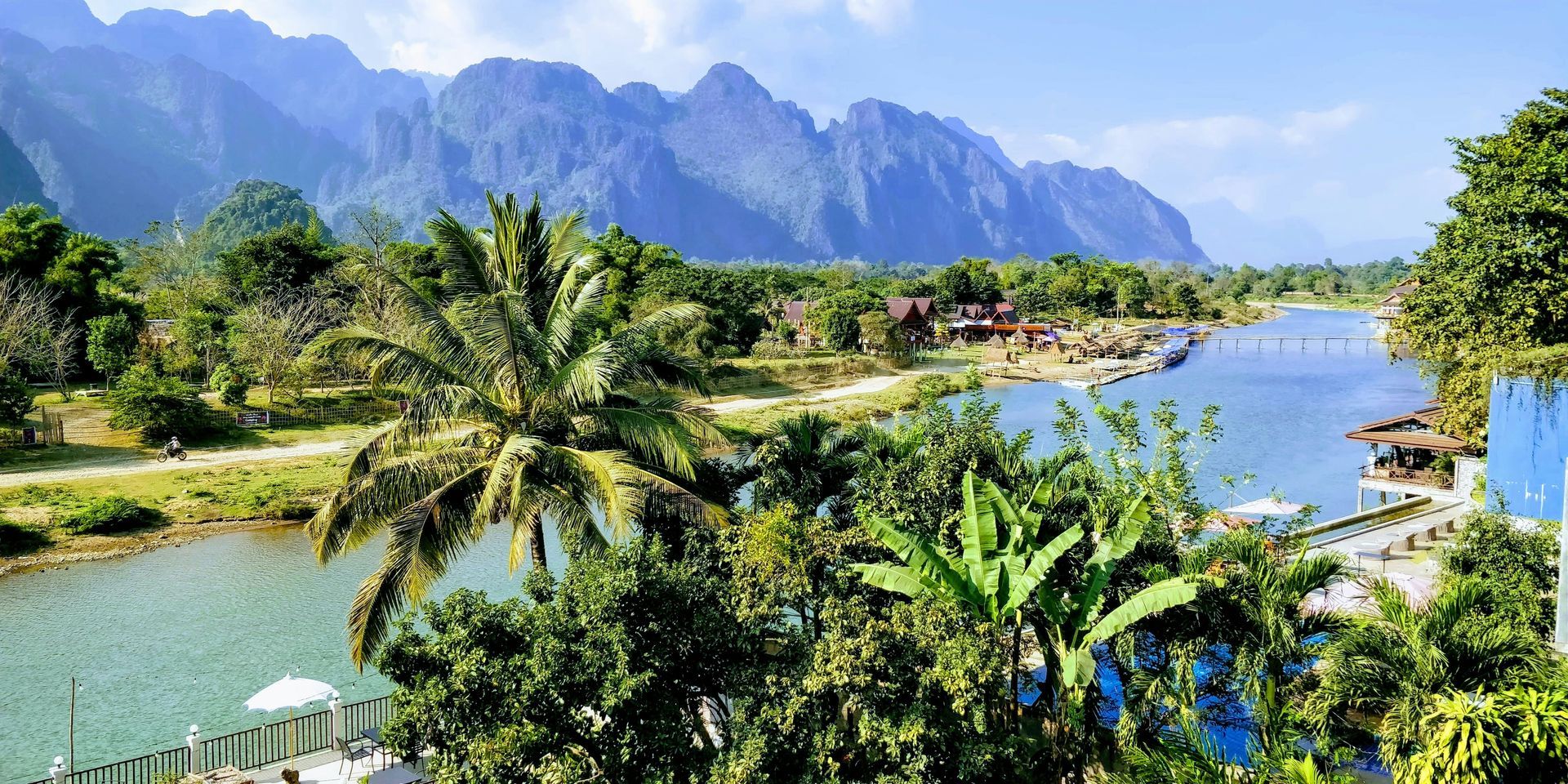
Slide title
Vang Vieng
Button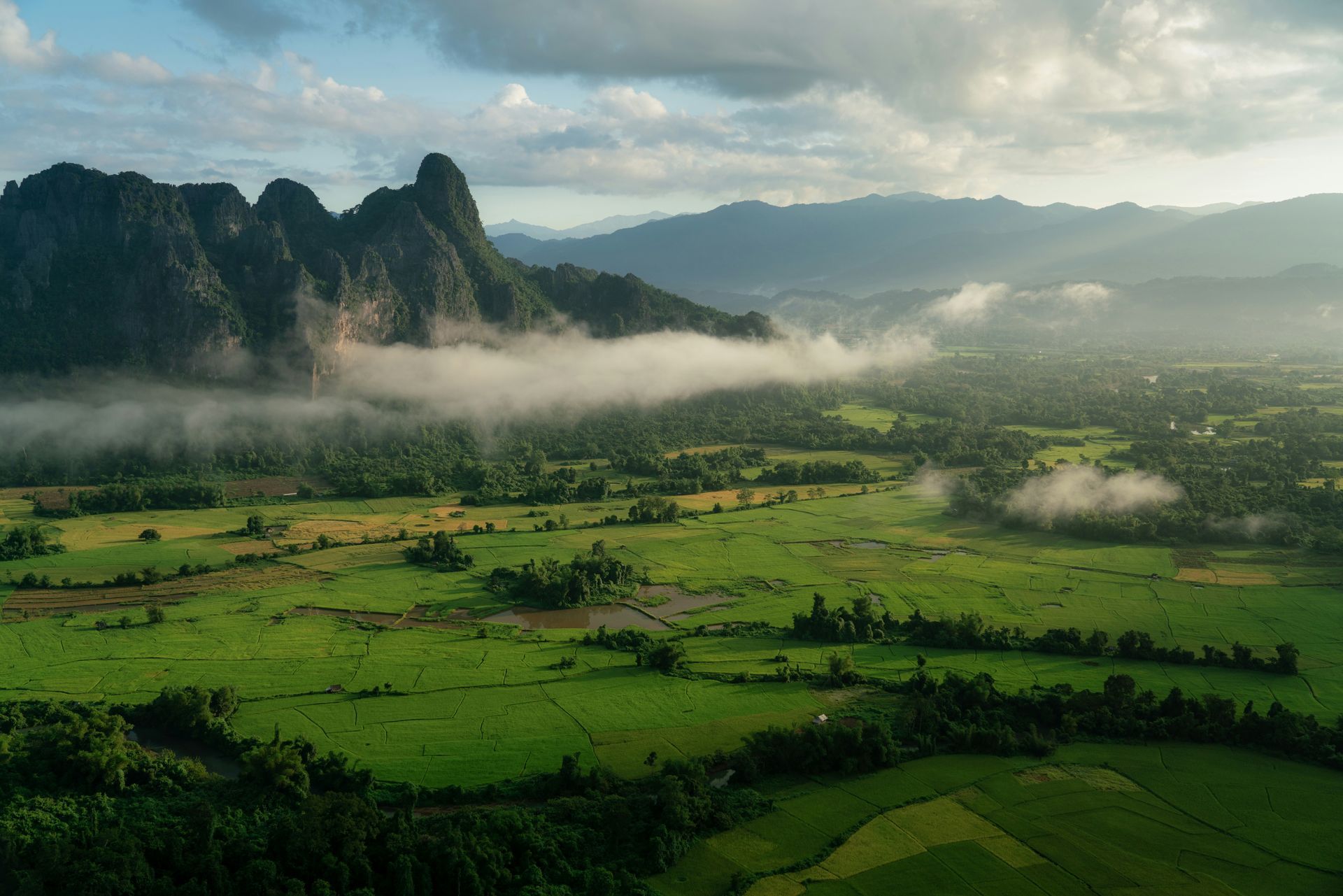
Slide title
Vang Vieng
Button
Slide title
Vang Vieng
Button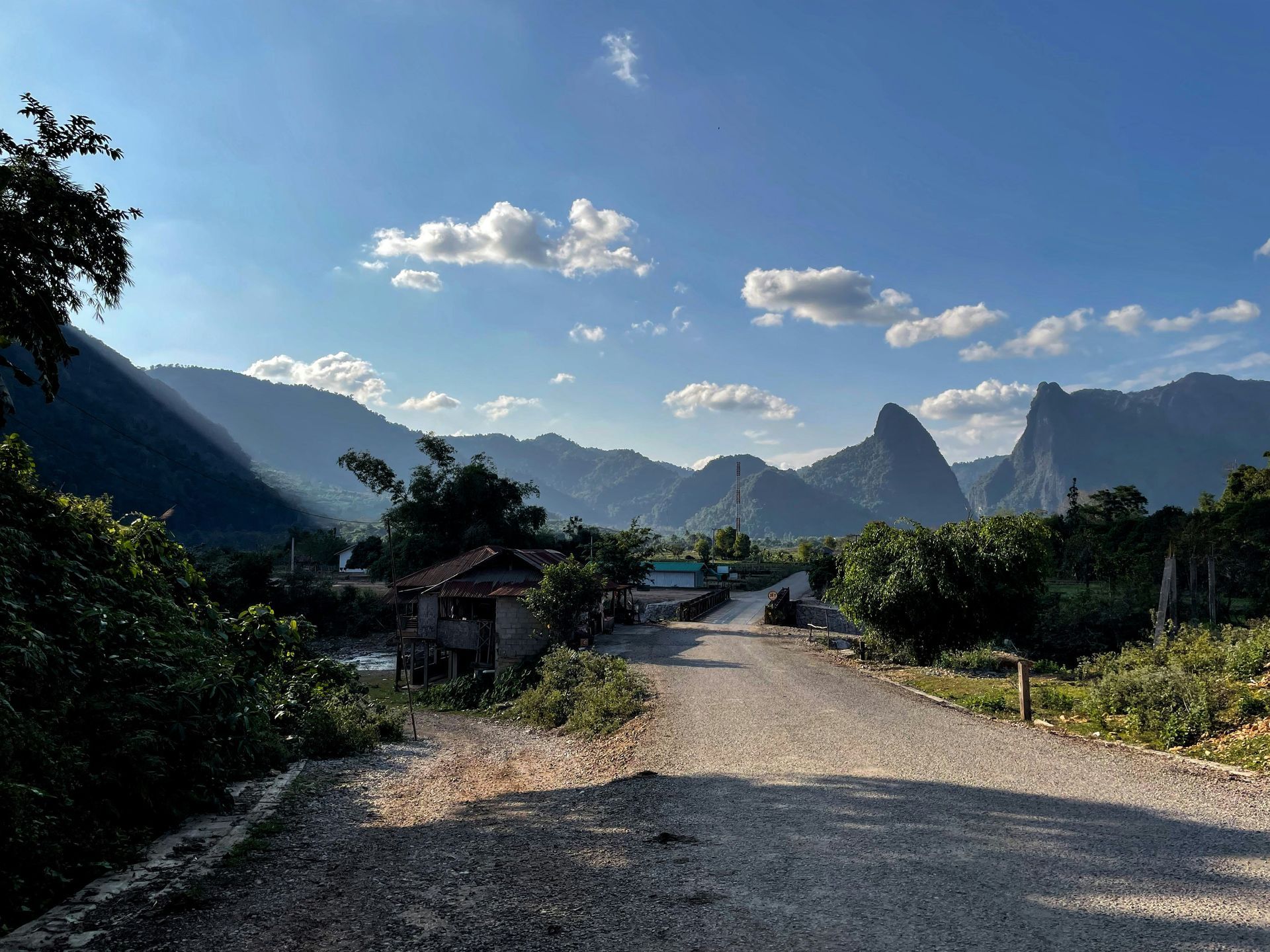
Slide title
Vang Vieng
Button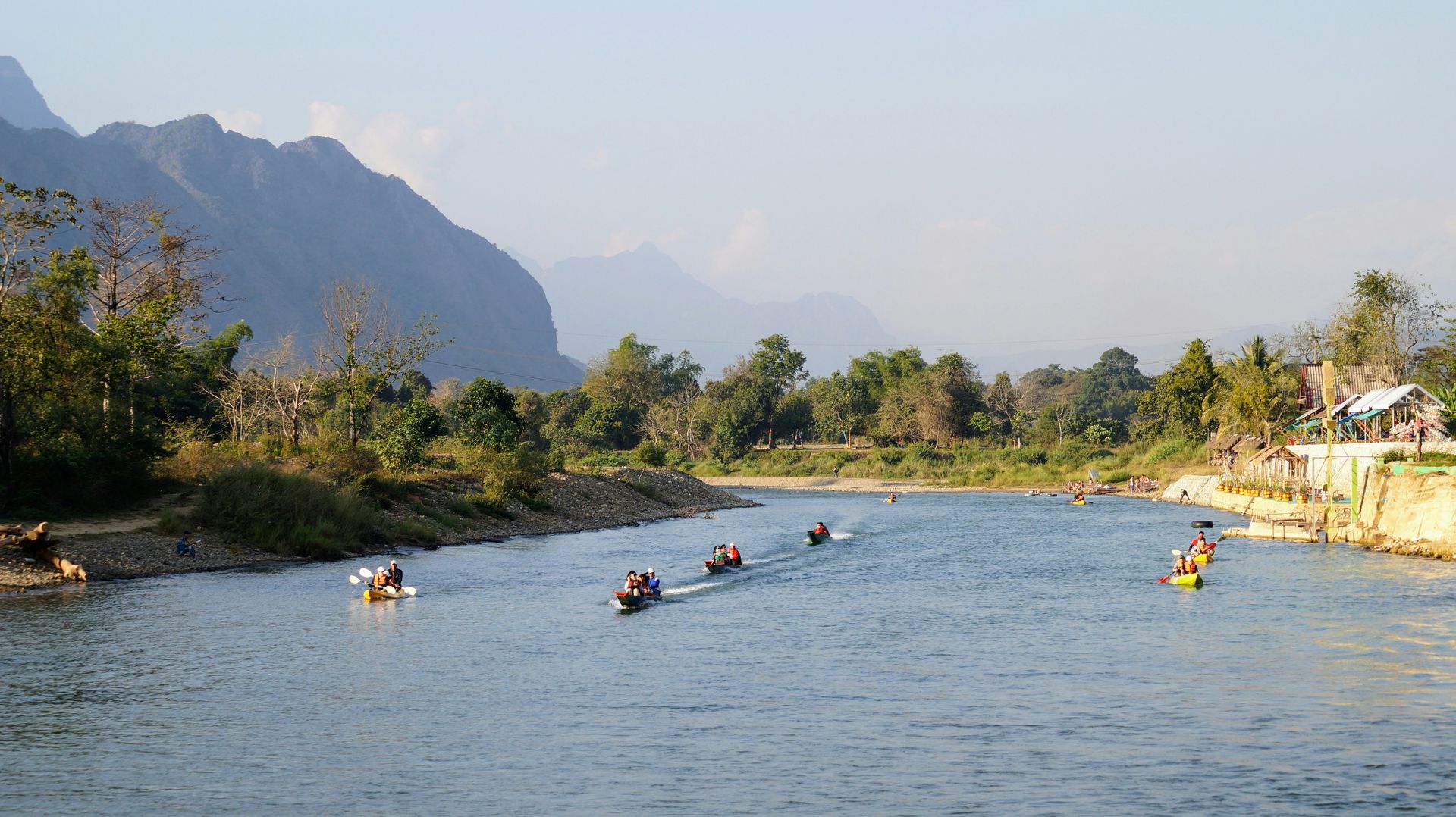
Slide title
Vang Vieng
Button
Slide title
Vang Vieng
Button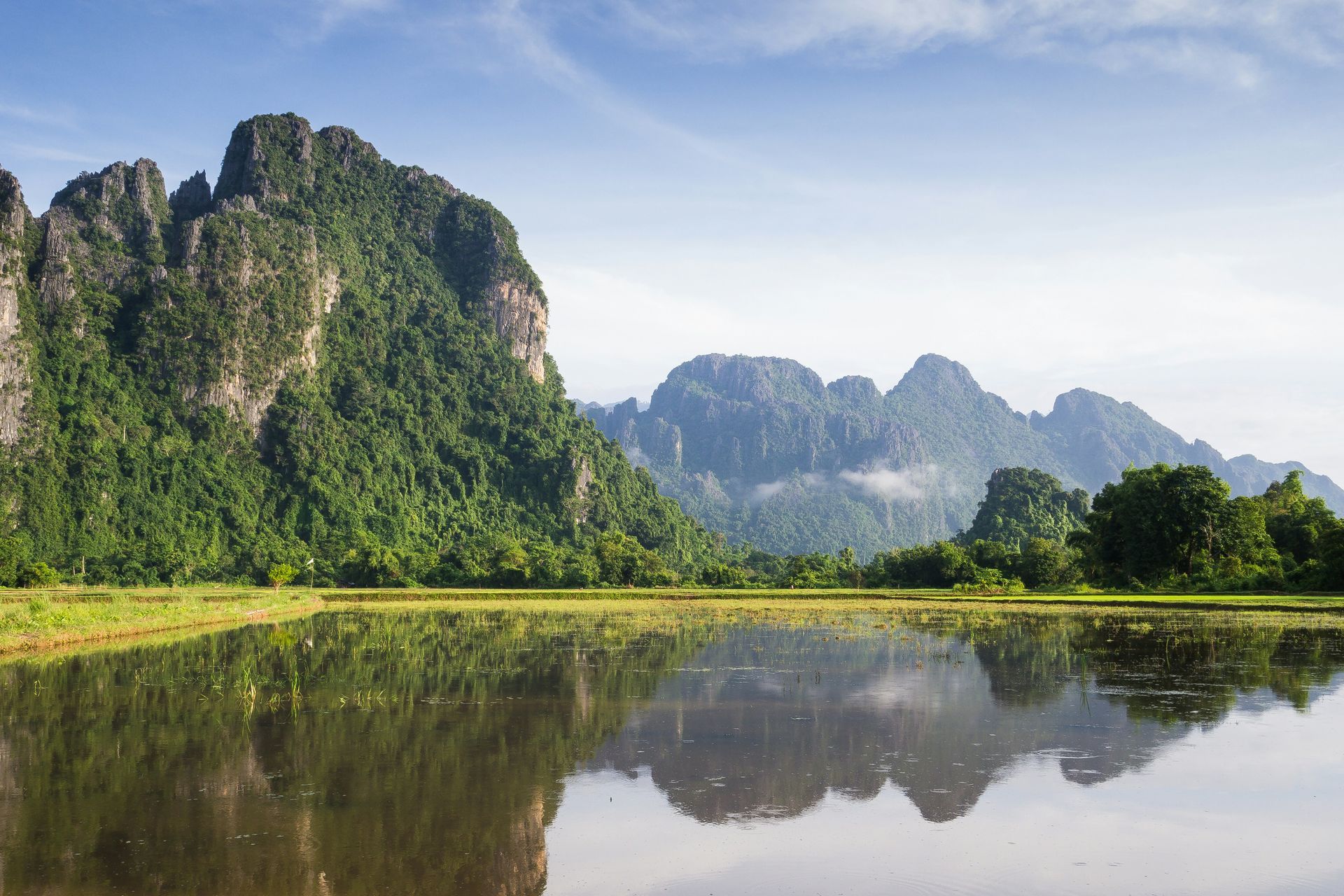
Slide title
Vang Vieng
Button

Slide title
Luang Prabang
Button
Slide title
Luang Prabang
Button
Slide title
Luang Prabang
Button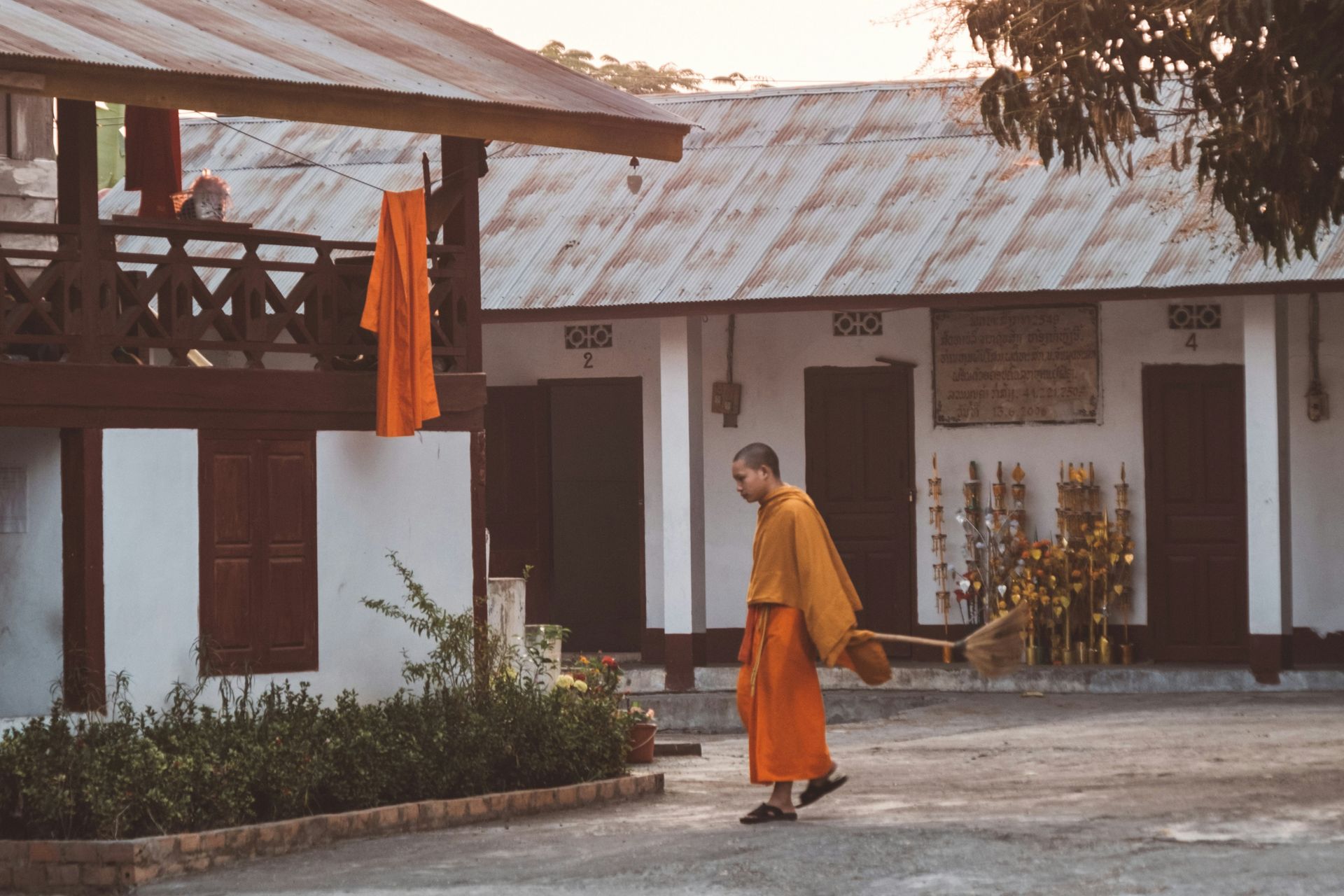
Slide title
Luang Prabang
Button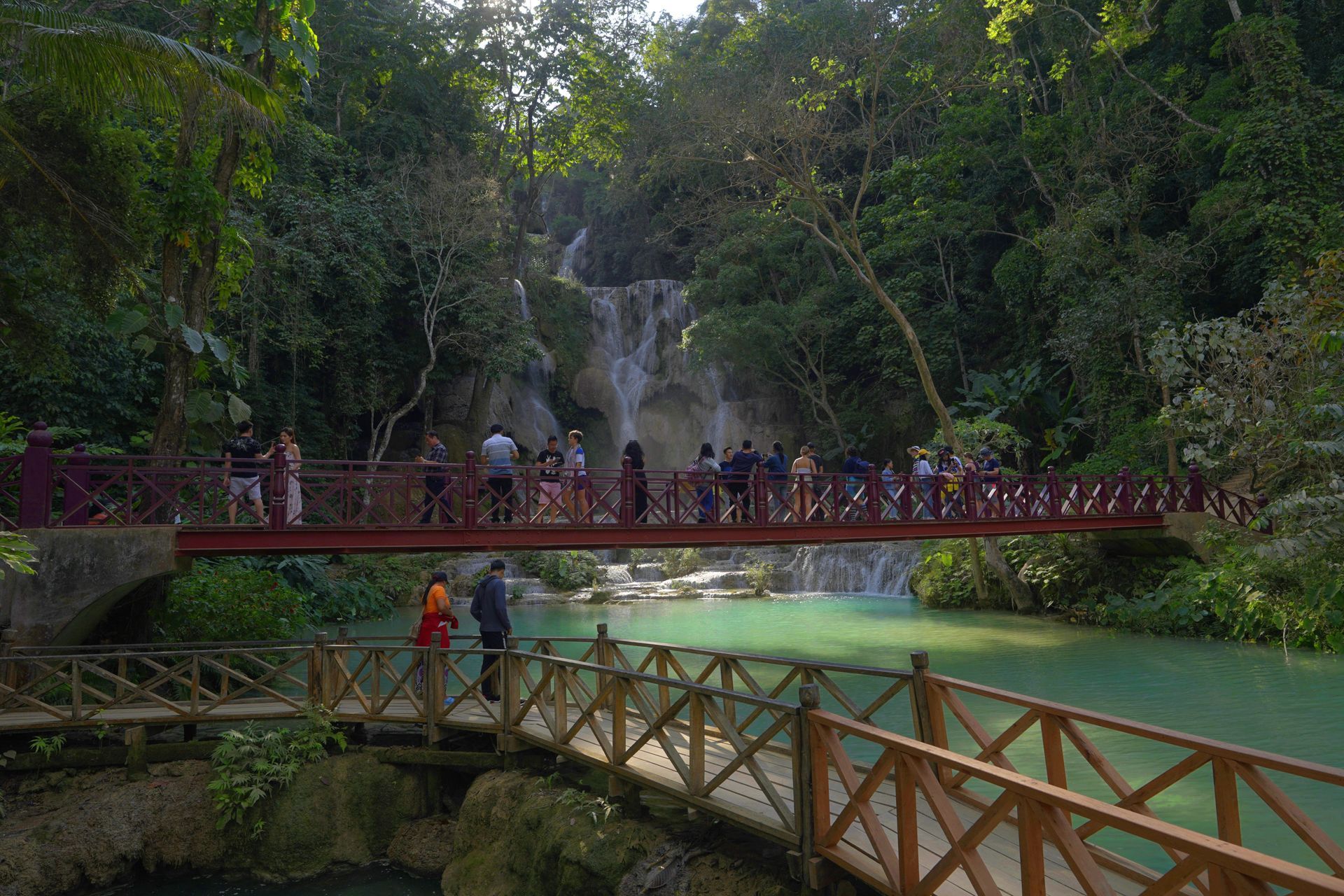
Slide title
Luang Prabang
Button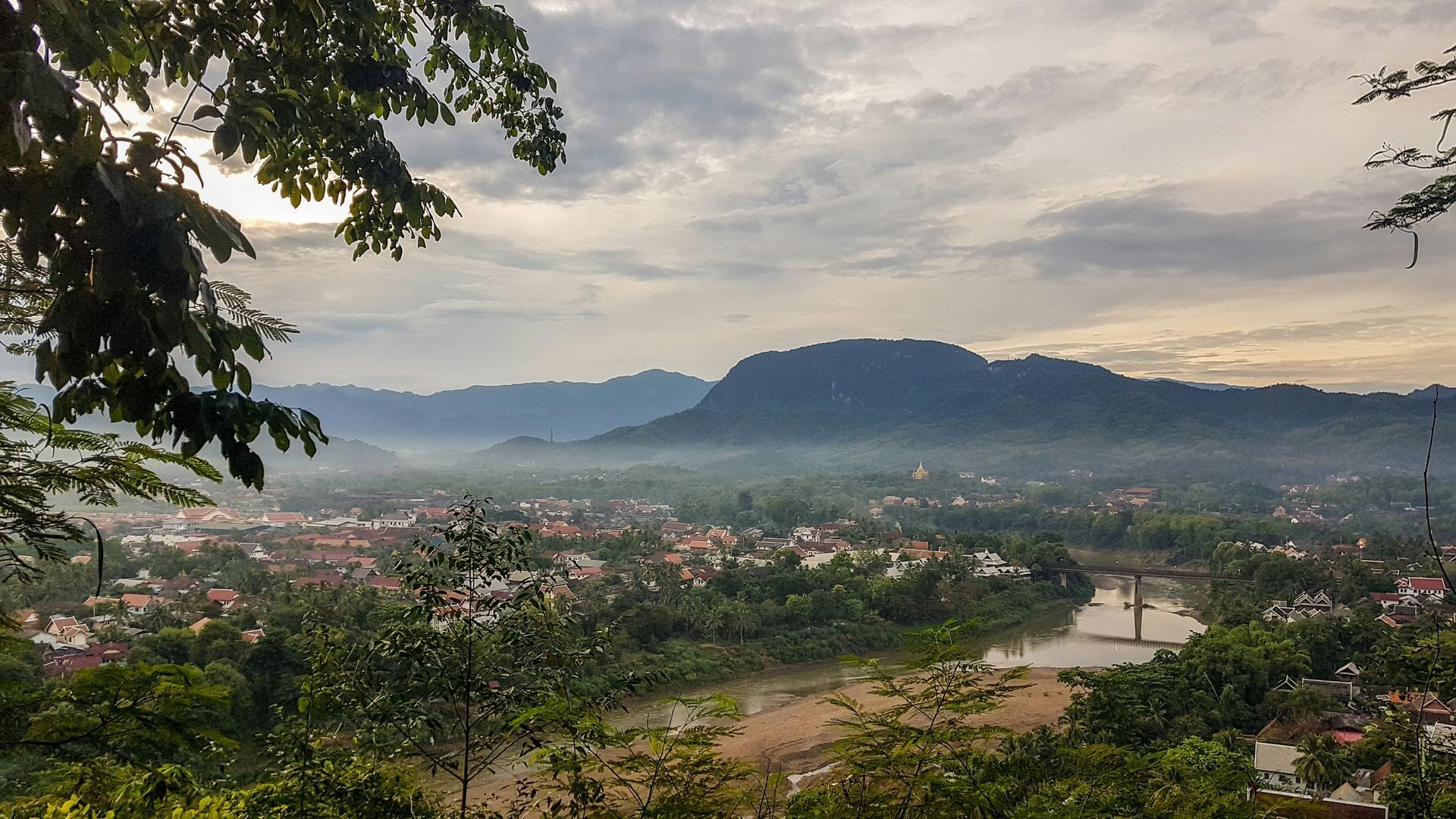
Slide title
Luang Prabang
Button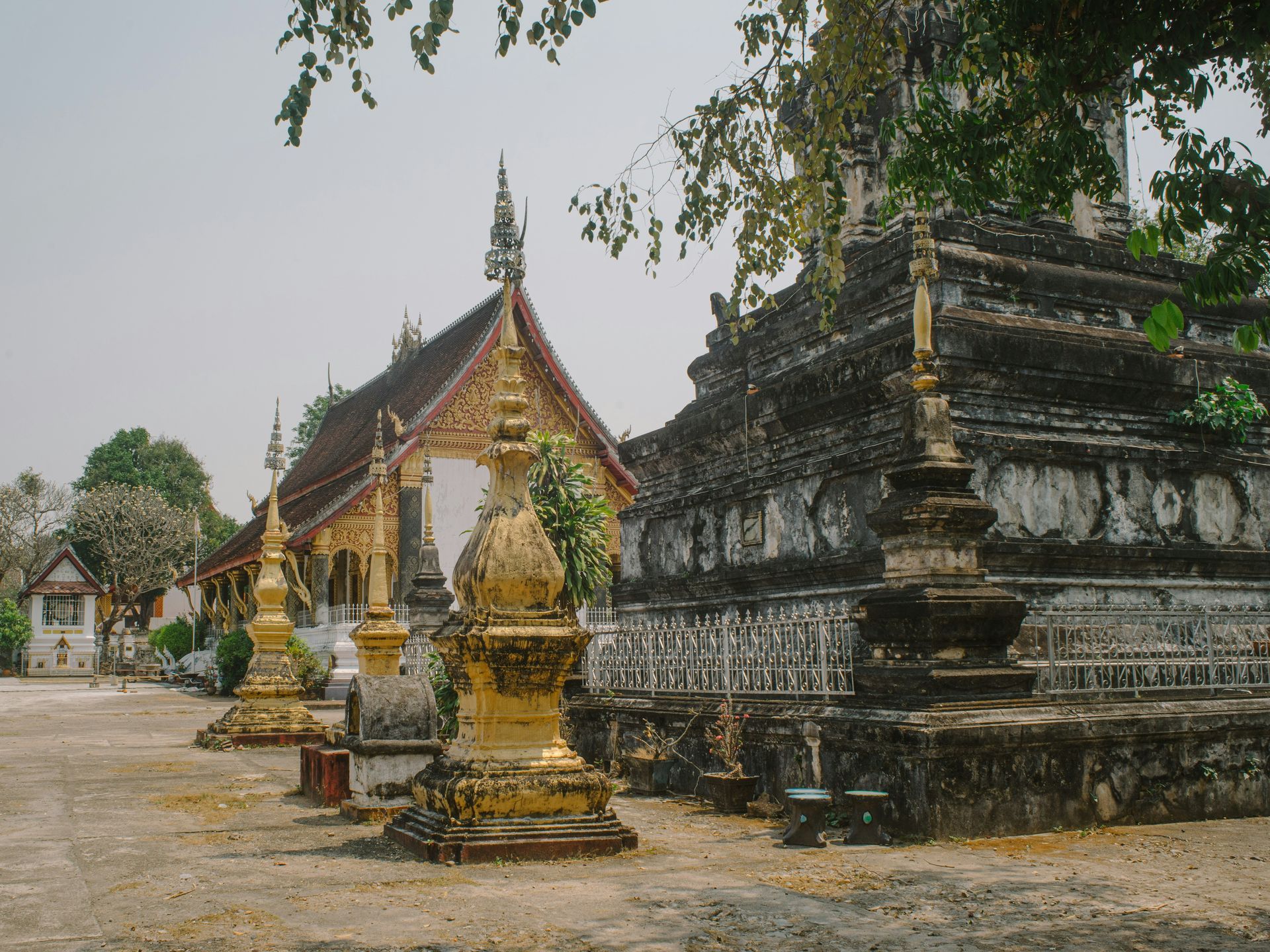
Slide title
Luang Prabang
Button
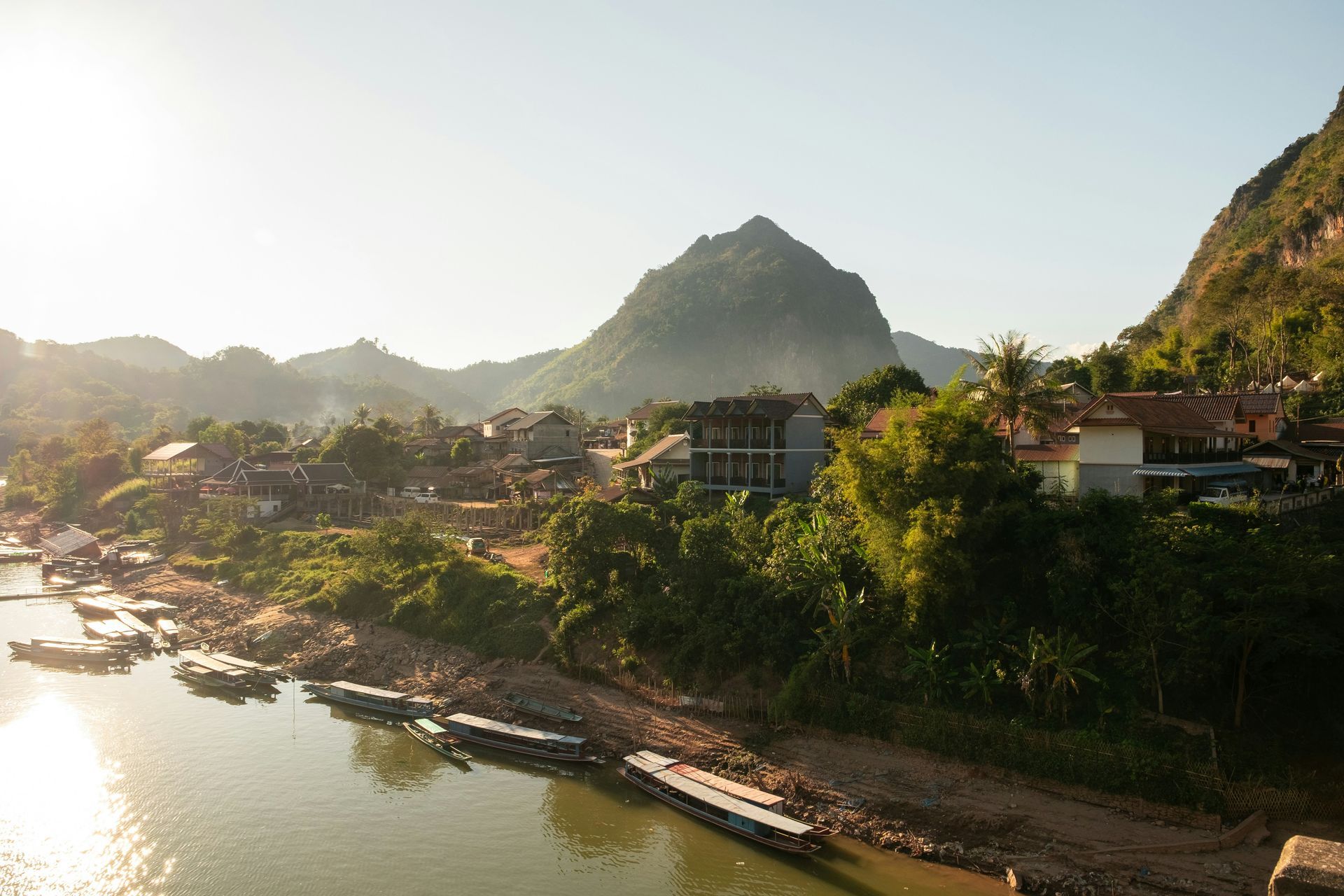
Slide title
Nong Khiaw
Button
Slide title
Nong Khiaw
Button
Slide title
Nong Khiaw
Button
Slide title
Nong Khiaw
Button
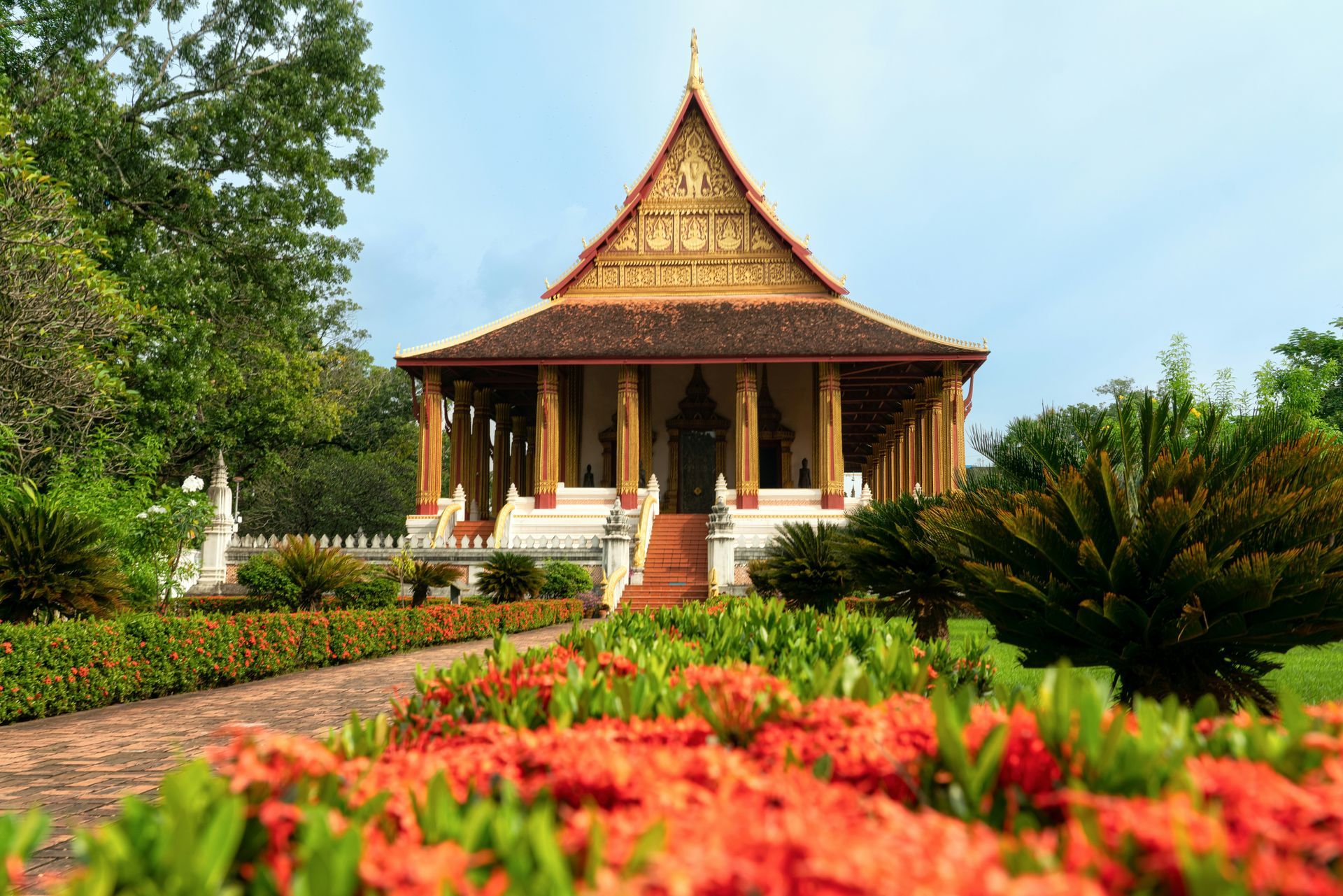
Slide title
Vientiane
Button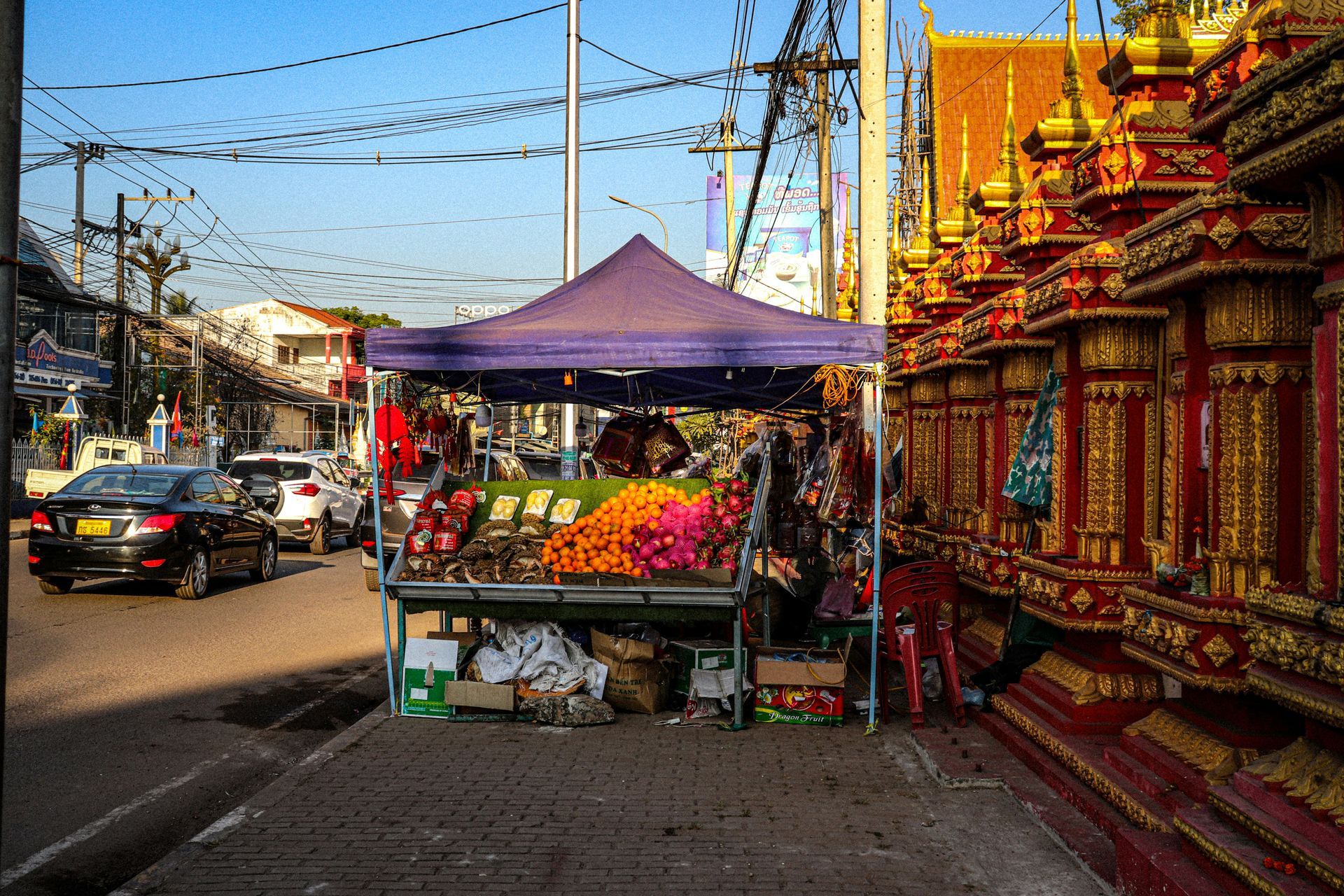
Slide title
Vientiane
Button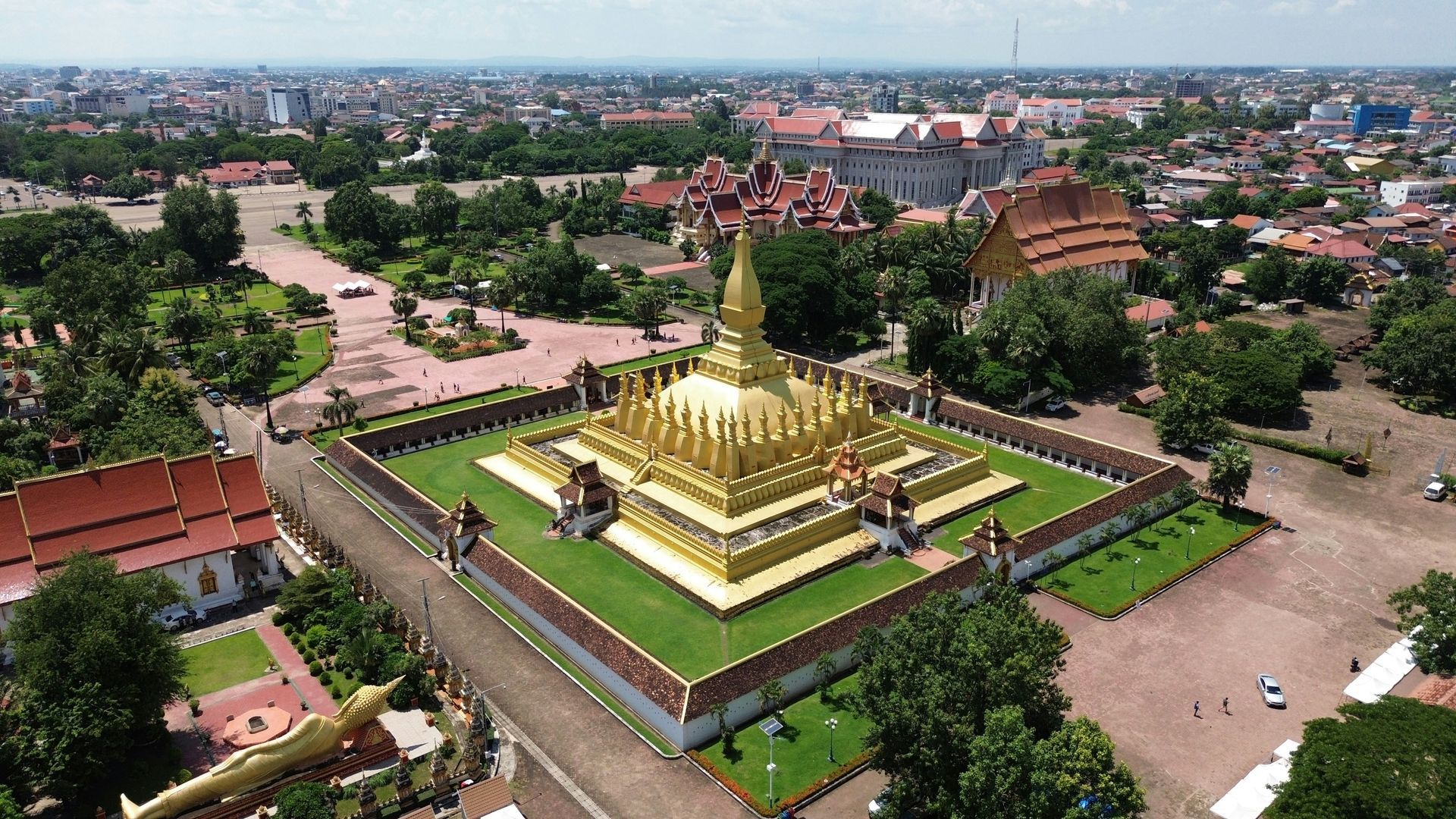
Slide title
Vientiane
Button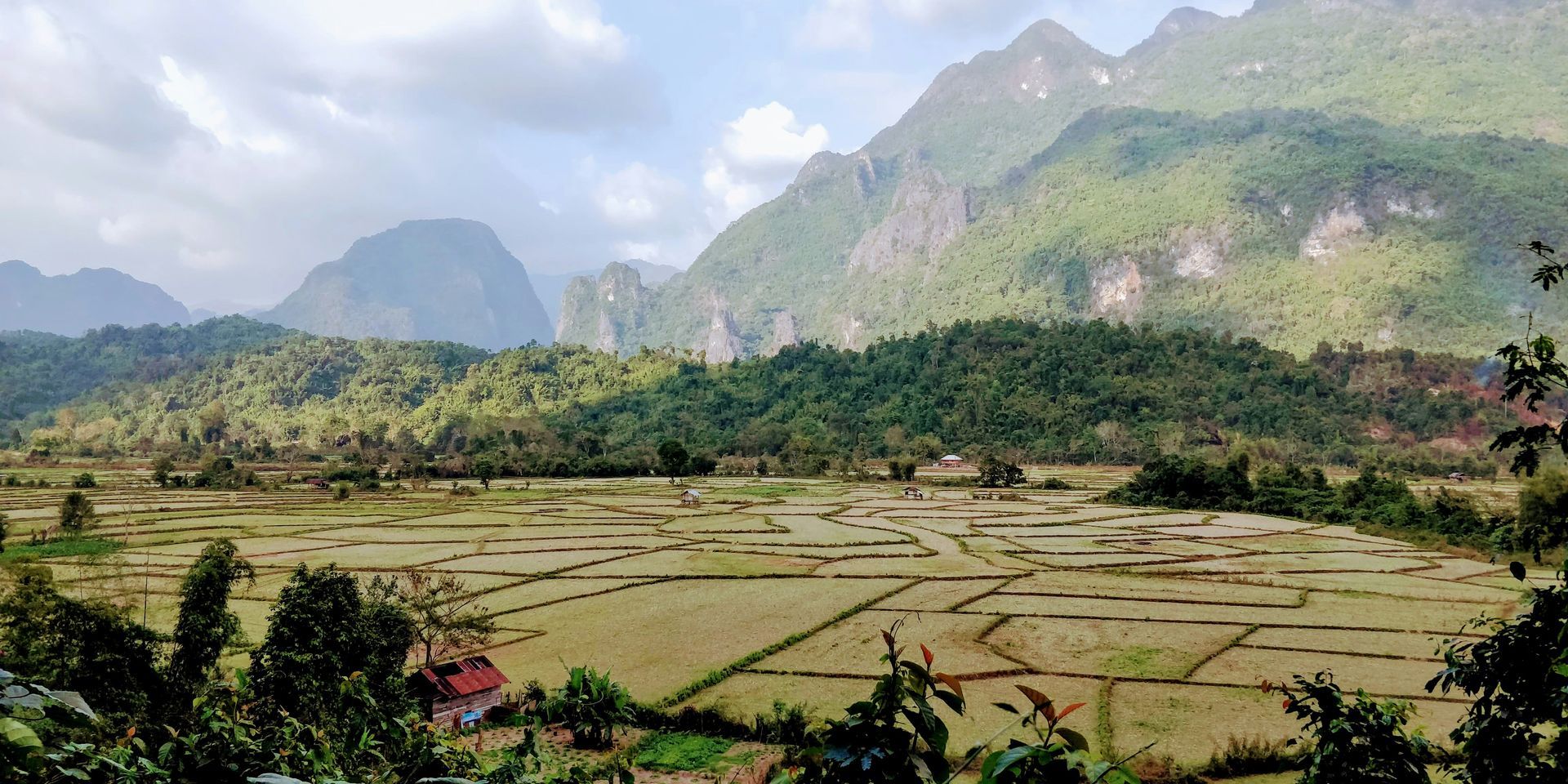
Slide title
Vientiane
Button
Slide title
Vientiane
Button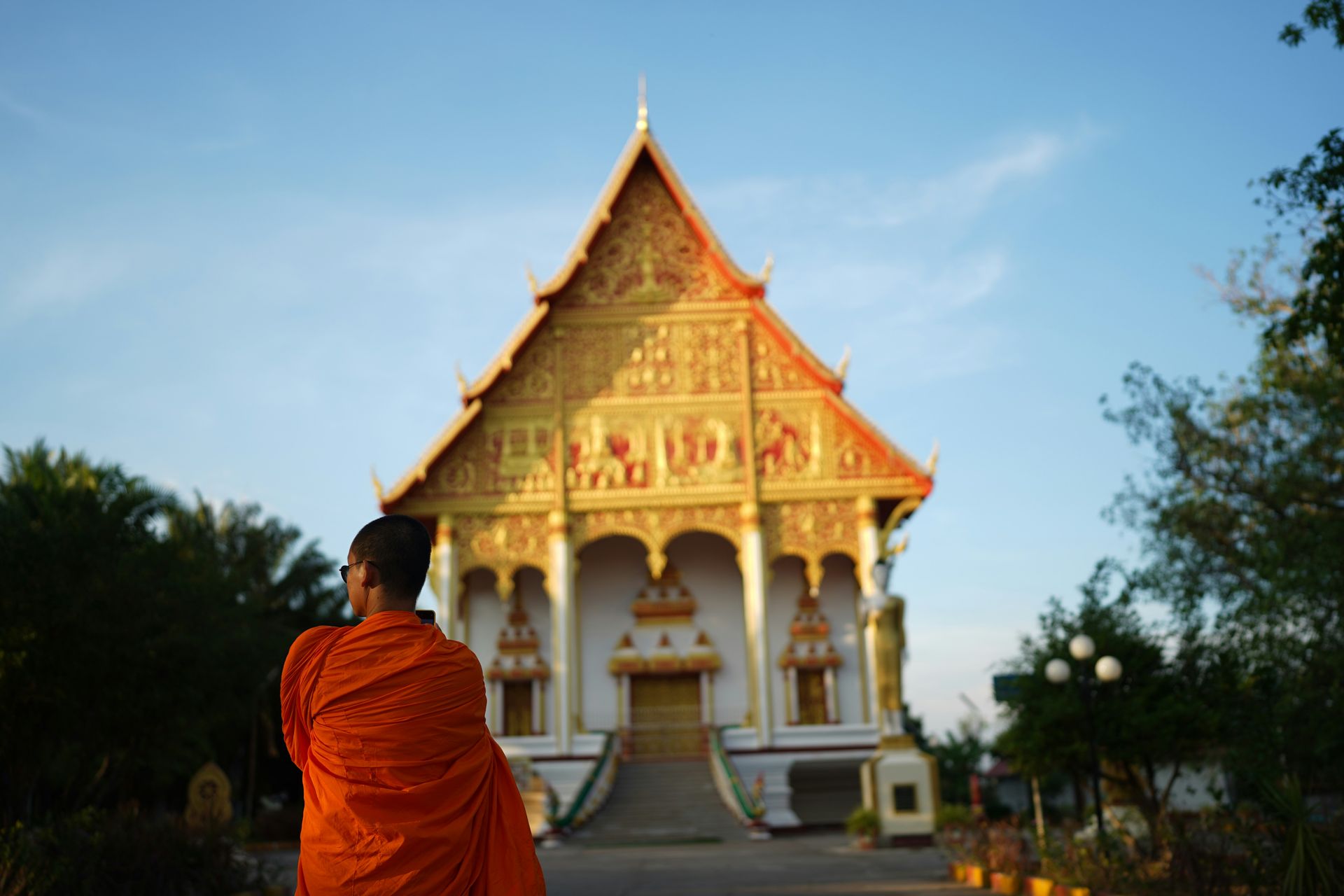
Slide title
Vientiane
Button
Slide title
Vientiane
Button
Featured Destinations

Slide title
Vang Vieng
Button
Slide title
Vang Vieng
Button
Slide title
Vang Vieng
Button
Slide title
Vang Vieng
Button
Slide title
Vang Vieng
Button
Slide title
Vang Vieng
Button
Slide title
Vang Vieng
Button

Slide title
Luang Prabang
Button
Slide title
Luang Prabang
Button
Slide title
Luang Prabang
Button
Slide title
Luang Prabang
Button
Slide title
Luang Prabang
Button
Slide title
Luang Prabang
Button
Slide title
Luang Prabang
Button

Slide title
Nong Khiaw
Button
Slide title
Nong Khiaw
Button
Slide title
Nong Khiaw
Button
Slide title
Nong Khiaw
Button

Slide title
Vientiane
Button
Slide title
Vientiane
Button
Slide title
Vientiane
Button
Slide title
Vientiane
Button
Slide title
Vientiane
Button
Slide title
Vientiane
Button
Slide title
Vientiane
Button
Traditional Dishes
-
Khao Niaw
Khao Niaw, or sticky rice, is the staple of Lao cuisine and a symbol of the country’s culinary identity. Steamed in bamboo baskets until soft and fragrant, it is eaten with nearly every meal, often by hand, and paired with savory dishes, grilled meats, or spicy dips like jeow. More than just food, sticky rice represents togetherness, as it is shared among family and friends at tables and festivals across Laos.
-
Tam Mak Hoong
Tam Mak Hoong, the Lao version of green papaya salad, is a bold and flavorful dish that balances spicy, sour, salty, and umami tastes. Shredded unripe papaya is pounded together with chilies, lime, garlic, tomatoes, fish sauce, and the distinctive fermented fish paste known as pa daek, giving it a uniquely Lao character. Often enjoyed with sticky rice and grilled meats, this refreshing yet fiery salad is a staple of everyday meals and a favorite at gatherings.
-
Larb
Larb, also known as Laap, is considered the national dish of Laos and a symbol of its cuisine. This flavorful minced meat salad—made with pork, chicken, beef, or fish—is seasoned with lime juice, fish sauce, roasted ground rice, chili, and fresh herbs like mint and cilantro. Served with sticky rice and fresh vegetables, larb offers a perfect balance of zesty, savory, and aromatic flavors. More than just a meal, it is often prepared for celebrations and family gatherings, embodying Lao hospitality and tradition.
-
Mok Pa
Mok Pa is a traditional Lao dish of fish seasoned with herbs, chili, lemongrass, and dill, then wrapped in banana leaves and steamed to perfection. The banana leaf not only locks in moisture but also infuses the fish with a subtle, earthy aroma. Light, fragrant, and packed with fresh flavors, Mok Pa is typically enjoyed with sticky rice and embodies the Lao tradition of combining simplicity with depth of taste.
-
Khao Piak Sen
Khao Piak Sen is a comforting Lao noodle soup often compared to chicken noodle soup for its role as a warm, soothing staple. Made with hand-pulled rice noodles in a thick, savory broth, it is usually cooked with chicken or pork and flavored with herbs, scallions, and lime. The chewy texture of the noodles and the hearty broth make it a favorite for breakfast or a nourishing meal any time of day. Simple yet deeply satisfying, Khao Piak Sen reflects the heartwarming side of Lao cuisine.
-
Nam Khao Tod
Nam Khao Tod is a crispy Lao rice salad that bursts with texture and flavor. Made from deep-fried rice balls crumbled into pieces, it’s mixed with fragrant herbs, grated coconut, peanuts, chili, and lime juice, then paired with cured pork (som moo). The result is a crunchy, zesty, and savory dish that’s often enjoyed wrapped in lettuce leaves for added freshness. Popular at gatherings and markets, Nam Khao Tod is a true Lao favorite that showcases the country’s love of bold, refreshing flavors.
-
Sai Gok
Sai Gok, or Lao sausage, is a beloved specialty packed with bold, aromatic flavors. Made from minced pork mixed with lemongrass, kaffir lime leaves, garlic, chilies, and sticky rice, the sausage is both savory and slightly tangy. Grilled until juicy and fragrant, it’s often served with sticky rice, fresh herbs, and spicy dipping sauces. Sai Gok reflects the Lao talent for blending simple ingredients into dishes full of character, making it a must-try for anyone exploring the country’s cuisine.
Traditional Dishes
-
Khao Niaw
Khao Niaw, or sticky rice, is the staple of Lao cuisine and a symbol of the country’s culinary identity. Steamed in bamboo baskets until soft and fragrant, it is eaten with nearly every meal, often by hand, and paired with savory dishes, grilled meats, or spicy dips like jeow. More than just food, sticky rice represents togetherness, as it is shared among family and friends at tables and festivals across Laos.
-
Tam Mak Hoong
Tam Mak Hoong, the Lao version of green papaya salad, is a bold and flavorful dish that balances spicy, sour, salty, and umami tastes. Shredded unripe papaya is pounded together with chilies, lime, garlic, tomatoes, fish sauce, and the distinctive fermented fish paste known as pa daek, giving it a uniquely Lao character. Often enjoyed with sticky rice and grilled meats, this refreshing yet fiery salad is a staple of everyday meals and a favorite at gatherings.
-
Larb
Larb, also known as Laap, is considered the national dish of Laos and a symbol of its cuisine. This flavorful minced meat salad—made with pork, chicken, beef, or fish—is seasoned with lime juice, fish sauce, roasted ground rice, chili, and fresh herbs like mint and cilantro. Served with sticky rice and fresh vegetables, larb offers a perfect balance of zesty, savory, and aromatic flavors. More than just a meal, it is often prepared for celebrations and family gatherings, embodying Lao hospitality and tradition.
-
Mok Pa
Mok Pa is a traditional Lao dish of fish seasoned with herbs, chili, lemongrass, and dill, then wrapped in banana leaves and steamed to perfection. The banana leaf not only locks in moisture but also infuses the fish with a subtle, earthy aroma. Light, fragrant, and packed with fresh flavors, Mok Pa is typically enjoyed with sticky rice and embodies the Lao tradition of combining simplicity with depth of taste.
-
Khao Piak Sen
Khao Piak Sen is a comforting Lao noodle soup often compared to chicken noodle soup for its role as a warm, soothing staple. Made with hand-pulled rice noodles in a thick, savory broth, it is usually cooked with chicken or pork and flavored with herbs, scallions, and lime. The chewy texture of the noodles and the hearty broth make it a favorite for breakfast or a nourishing meal any time of day. Simple yet deeply satisfying, Khao Piak Sen reflects the heartwarming side of Lao cuisine.
-
Nam Khao Tod
Nam Khao Tod is a crispy Lao rice salad that bursts with texture and flavor. Made from deep-fried rice balls crumbled into pieces, it’s mixed with fragrant herbs, grated coconut, peanuts, chili, and lime juice, then paired with cured pork (som moo). The result is a crunchy, zesty, and savory dish that’s often enjoyed wrapped in lettuce leaves for added freshness. Popular at gatherings and markets, Nam Khao Tod is a true Lao favorite that showcases the country’s love of bold, refreshing flavors.
-
Sai Gok
Sai Gok, or Lao sausage, is a beloved specialty packed with bold, aromatic flavors. Made from minced pork mixed with lemongrass, kaffir lime leaves, garlic, chilies, and sticky rice, the sausage is both savory and slightly tangy. Grilled until juicy and fragrant, it’s often served with sticky rice, fresh herbs, and spicy dipping sauces. Sai Gok reflects the Lao talent for blending simple ingredients into dishes full of character, making it a must-try for anyone exploring the country’s cuisine.
Love this destination?
Have Viking Travel book your next getaway!



